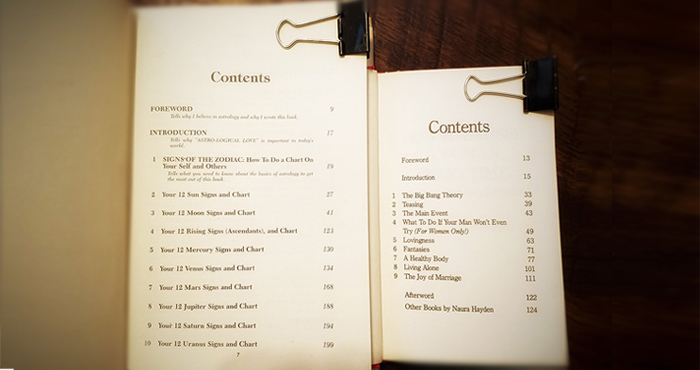“Great Minds Discuss Ideas. Average Minds Discuss Events. Small Minds Discuss People”
… Paraphrased from a quote by Henry Thomas Buckle.
Before we can engage in any worthwhile discussion of ideas, we need to set some rules. We need to agree on a few things. Or do we disagree already?
Rules of engagement:
- At any given time and space, for any given point, there is one and only one truth.
- The truth might be known to one, both, or neither of the parties in the discussion.
- If it is a discussion on strategy, then it might be possible to achieve a shared goal through multiple methods, and then it’s just a question of efficacy.
- Subjective ideas, once agreed upon as subjective, are fine to discuss and build rapport over but are senseless to argue over.
- Philosophical questions, though not wholly subjective, do have a certain level of subjectivity in them unless we can define the issue more objectively.
- There may need to be a preliminary discussion to agree that at least one of the points under discussion has an objective truth.
So, when discussing a non-subjective topic, we will make our points, and we’ll either agree or disagree with each other. If we cannot reach a consensus, then we remain each with our distinct perception of the truth, and this is when we’re both best served by agreeing to disagree.
Here’s the thing: Either there’s an objective truth we’re both trying to get to – some clearly defined fact – or we’re just sharing our subjective perspectives, opinions, experiences, or preferences.
Suppose I say something that you disagree with it. In that case, we first have to establish whether there IS an objective truth exists. If one of us claims subjectivity, while the other claims objectivity, then the very next step – before even exploring the merit of the issue – is to determine whether we can both at least agree that the matter at hand is one of objectivity.
Subjective disagreement example:
If you say vanilla ice cream is better, and I say that chocolate ice cream is better before we even break out the battle-of-the-flavors, one of us to understand are we merely discussing preference. If so, then end of the discussion, and to each, his own applies.
Objective disagreement example:
Let us stick with the ice cream example. If I claim that chocolate has some inherent health benefits like antioxidants, serotonin release, etc., chocolate ice cream is better. Now we have an issue to discuss, and let us put forth our points. Hint: You could claim that because you like Vanilla more so it makes you feel better and gives you all the benefits which Chocolate might afford 🙂
Disagreement on Strategy:
Perhaps we both value health, but we disagree on the best means of attaining that goal. Intermittent fasting with Calisthenics Vs. Traditional training with managed macro and micronutrient diet, which is better for optimal health? Strategy disagreements can be tedious but can lead to a deeper understanding of the issue at hand. And multiple strategies could lead to similar results. And usually, there is a time-lapse involved to prove which strategy is better. All political systems arguments belong in this category.
Next up religion, anybody?
What do you think? Agree, Disagree?




